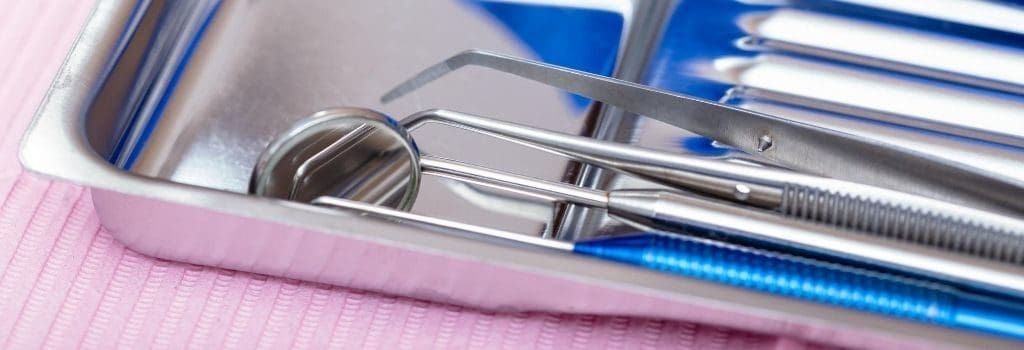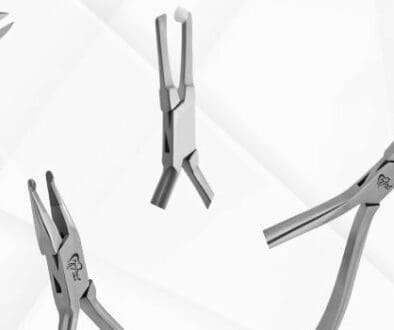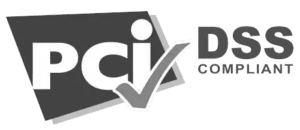Your Ultimate Guide to Dental Sterilization

Dental sterilization is the most important aspect of your job.
This isn’t to say that there aren’t other facets that carry a lot of weight. Filling cavities or providing orthodontic services can go a long way toward helping your patients maintain good dental health.
But sterilization of dental equipment is a vital safeguard for your patients, your practice and even your bottom line.
We’ll guide you through the different types of dental sterilizers and the advantages of each.
Important Information About Dental Sterilization
Before sterilizing instruments, it’s imperative that you are familiar with the guidelines outlined by the Centers for Disease Control.
These guidelines mention that when infection occurs, the breakdown in the procedure can be related to three main areas:
- Unsafe injection practices
- Failing to heat sterilize dental handpieces between patients
- Failure to maintain autoclaves by conducting regular spore testing
The CDC document on infection prevention emphasizes that sterilizers should always be monitored by using a combination of techniques. This includes the following indicators:
- Biological –including spore tests
- Mechanical
- Chemical
It’s important to note that because spore tests don’t produce results immediately, it’s also vital to complement them by using mechanical and chemical methods.
We’ve outlined these methods in detail in our previous blog on how to efficiently biologically monitor your sterilization equipment.
Different Types of Dental Sterilizers
Dry Heat Sterilizers
This is a good choice for orthodontic equipment because it doesn’t damage any instruments with hinges. In addition to a sterilizing temperature of 375°F (191°C), many have a cool down cycle. This means you can easily handle the material immediately after sterilization.
An advantage of our dry heat sterilizers is that they have a large load capacity, and the entire cycle is under 40 minutes. They also don’t release any harmful fumes and do not cause metals to corrode or rust.
Ultrasonic Cleaning Systems
Ultrasonic cleaners also have their own set of advantages.
Not only do they use minimal power, but they can easily remove trace contaminants even if they are tucked into small crevices. This means you don’t have to take these pieces apart before you clean them.
How Long to Sterilize Dental Equipment?
There are two main factors you must take into account when determining how long to sterilize dental equipment.
First, there’s the type of sterilization you’re using. Second, there’s the temperature. Once you determine those two factors, you can calculate the time needed. Therefore, it’s very important to follow the manufacturer’s instructions on sterilization.
For unsaturated chemical vapor sterilizers, pressure should be 20 psi, and the temperature should be 270 degrees Fahrenheit (or roughly 132 degrees Celsius) with a sterilization time of 20 to 40 minutes.
With steam sterilization, there are cycle times that can range from two and a half minutes to 30 minutes for a temperature of 134 to 121 degrees Celsius, which equals 273.2 to 249.8 degrees Fahrenheit.
Dry heat sterilization can comprise rapid heat transfer, in which case there should be a temperature of 191 degrees Celsius or 375.8 degrees Fahrenheit with a cycle of six to 12 minutes.
Oven-type dry heat sterilization can need 60 to 120 minutes.
Safety During the COVID-19 Pandemic
Most states have allowed dental practices to open and permitted them to provide elective care. However, you should be aware that there are still some restrictions, and although patients may be returning, the situation is far from “normal.”
The Centers for Disease Control has updated its guidelines and suggests that dental healthcare personnel wear eye protection in addition to their facemasks. This not only protects them from any respiratory transmission but also guards against unexpected splashes and sprays.
If you’re working with an aerosol-generating procedure, the CDC also advises using a respirator that has an N95 or higher level of protection.
Be sure to check the CDC’s informational page for more extensive details that specifically address dental practices.
You might want to also take advantage of this tool kit available from the ADA that contains valuable resources, including a sample patient letter and pre-appointment screening process.
Need some additional comprehensive information? Check out these COVID-19 dental practice FAQs from the ADA.
Interested in Learning More? Check Out Our Previous Articles
We’ve got all the information you need on dental sterilization. Take a closer look at:
The 7 Deadly Sins of Sterilization Failure
How to Efficiently Biologically Monitor Your Sterilization Equipment
What’s Up with Washer-Disinfectors?
Are Sterilization Lamps Worth the Investment?
Diatech is Dedicated to Quality Products
We believe in not only creating the best products on the market, but we also believe in providing the education and information you need to make the right choice. We affirm that when you evaluate our Diatech products against others, you’ll see why we’re the pioneering leader in providing innovative products for the dental industry.
Our dedication to customer service means you always talk to a representative, not a “phone tree,” and we’re never satisfied until you are. We want to be a part of your team and help drive your success.
We make ordering online easy. Check out our daily specials and contact us if you have any questions.
At Diatech, we manufacture superior and innovative products for the dental industry… for the dentist, dental hygienist, dental assistant, orthodontist, endodontist and lab technician. We stand behind our promise of uncompromised quality and the best in competitive pricing.





